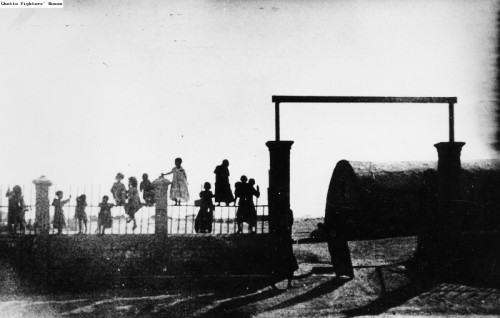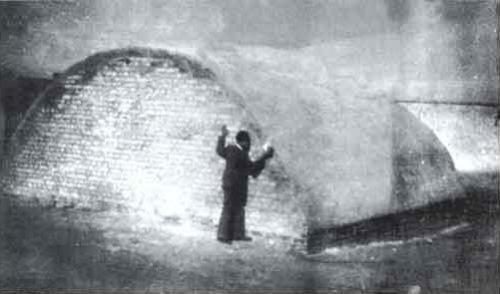isha-katlanit:The Farhud was an Iraqi pogrom carried out in Baghdad, Iraq against the Iraqi Jewish
isha-katlanit: The Farhud was an Iraqi pogrom carried out in Baghdad, Iraq against the Iraqi Jewish population in 1941. The collapse of the pro-Nazi government Rashid Ali al-Gaylani led to a power vacuum in Iraq, which resulted in Arab nationalists attacking and killing at least 200 Jews. Two thousand more were injured, and more than 900 Jewish homes were destroyed during the violent pogrom. Prior to the spread of Nazi propaganda in Iraq and other parts of the Mashriq, Mizrahim in Iraq enjoyed a dual Jewish and Arab culture and identity. Their non-Jewish neighbors accepted this identity and considered Mizrahim to be Arabs just as much as others in Iraq. However, Nazi propaganda led to the exclusion of Mizrahim from Arab nationalism–meaning that Mizrahim were no longer considered Arabs, and Jews were thought to exist as a separate entity from non-Jewish Arabs. A Nazi youth group, called al-Futuwwa (a movement of the pan-Arab Nadi al-Muthanna), marked Jewish homes with red palm prints several days before the Farhud in order to set them apart as targets. Yunis al-Sabawi, a government minister, advised Rabbi Khaduri to tell the Jews to stay within their homes for three days as protective measure. This was two days before the Farhud. The beginning of the violence of the Farhud was marked by Iraqi Jews traveling to met the Regent ‘Abd al-Ilah at the Qasr al-Zuhur. As they were traveling across Al Khurr Bridge, a mob attacked them. Violence continued into the next day, when Iraqi police joined in the attacks on Iraqi Jews. Synagogues, Jewish shops, and homes were looted and destroyed. After the Farhud, Jews were told not to testify about the torture and violence that their neighbors and family members endured. There was no report published until 1958, at which point ninety percent of Iraq’s Jewish population had already emigrated in hopes of finding a better home, away from violent anti-Semitism. An nearly absolute expulsion was completed by 1951. Some of the ways that Nazi propaganda was spread among the public in Iraq included radio propaganda. Some of the illiterate population in Iraq listened to the pro-Nazi radio stations, which influenced some to participate in the Farhud. The German embassy in Iraq also contributed enormously to enabling the Farhud; it took over an Iraqi newspaper, called al-Alam al-Arabi, and used it to publish anti-Semitic articles (including an Arabic translation of Mein Kampf, which helped put even more anti-Jewish feelings in place). Every year on Shavuot, Iraqi Jews remember June ½, 1941–also known as the sixth and seventh of Sivan in 5071–as a violent time of anti-Semitism in the Mashriq, in a place where we had lived for 2,600 years alongside our other Arab neighbors. It is a time of mourning for us in a way that it is not for other Jews; we remember the Jews dead, injured, looted, and coercively expelled from a 2,600-year-old home. The Farhud is not a common topic of conversation and most people don’t know much, if anything, about it. [Pictured: Two images of the mass grave in which up to 600 victims of the Farhud were buried.] -- source link
Tumblr Blog : isha-katlanit.tumblr.com
#shavuot#farhud#shavuot massacre#al-futuwwa#mizrahi#jewish history#mizrahi jews#iraqi jews#antisemitism

